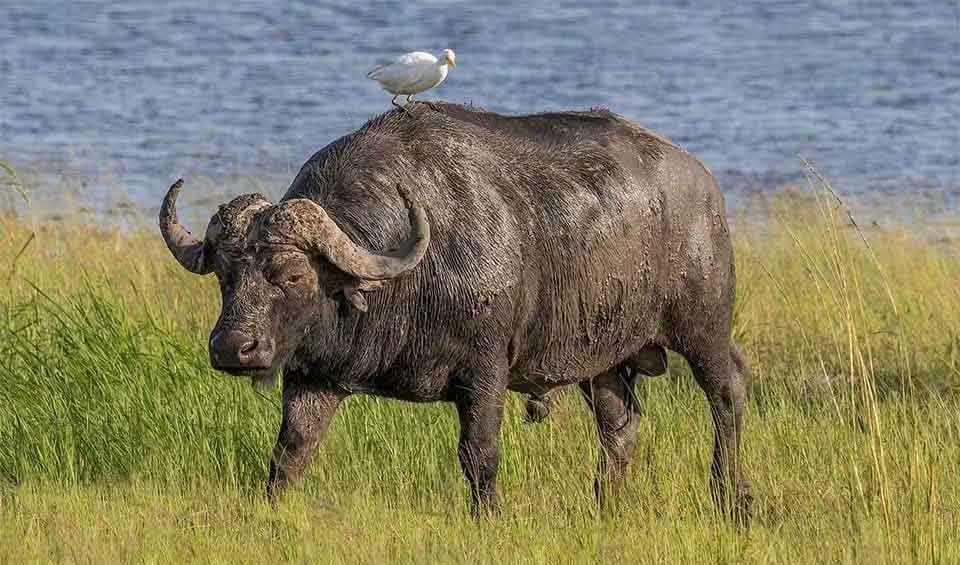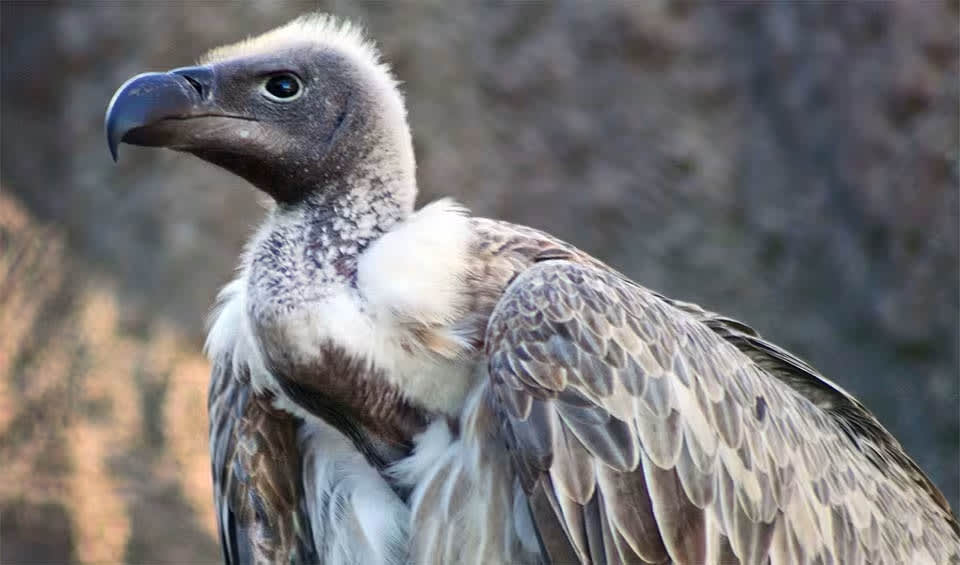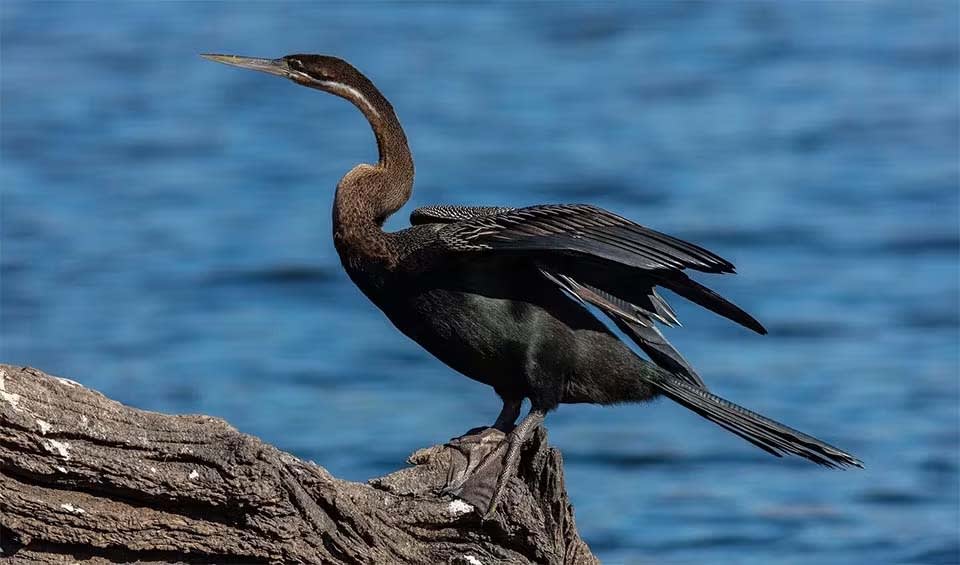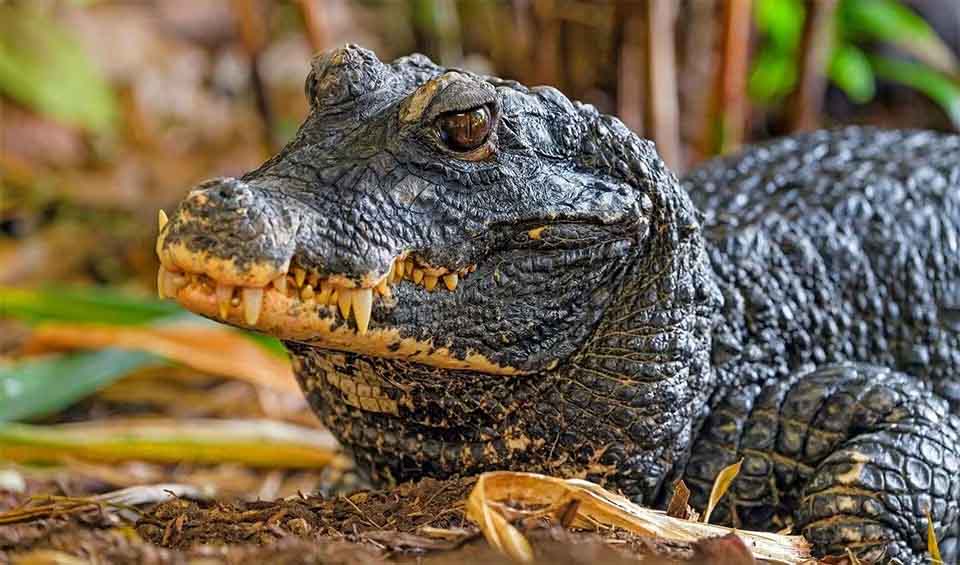Senegal, located on the west coast of Africa, is distinguished by its rich biodiversity and varied ecosystems despite covering just about 0.2% of the global land area. It is bordered by the Atlantic Ocean to the west, Mauritania to the north, Mali to the east, Guinea to the southeast, and Guinea-Bissau to the southwest. Senegal also encompasses several geographic regions, from the arid Sahel zone in the north to the fertile plains and forests in the south.
Senegal’s landscapes are diverse, ranging from sandy beaches and coastal mangroves along its Atlantic coastline to the Sahelian scrubland and savannahs in the interior. The country also features significant river systems, including the Senegal River, which forms the natural border with Mauritania and is crucial for agriculture, and the Casamance River in the southern part of the country, which is surrounded by lush landscapes and diverse wildlife. The climate is typically Sahelian, which means it has a long dry season and a shorter rainy season. The southern parts of the country receive more rainfall, supporting more diverse plant and animal life compared to the arid north.
Four pillars elaborated:
Senegal is home to a diverse array of protected areas, featuring various national designations. Notable among these are Niokolo-Koba National Park, a UNESCO World Heritage Site celebrated for its rich wildlife population, including lions, elephants, and chimpanzees. Djoudj National Bird Sanctuary serves as a sanctuary for migratory birds, attracting over 3 million avian visitors annually. Land Management
Land Management
Meanwhile, Langue de Barbarie National Park, situated along the coast, encompasses a lengthy sand spit, providing habitat for dolphins, sea turtles, and numerous bird species. Furthermore, Senegal has designated 12 Marine Protected Areas, covering a total area exceeding 7,500 km² (2,896 mi²), crucial for safeguarding fisheries and preserving marine biodiversity, thereby contributing to the overall health of marine ecosystems.
The primary factors driving biodiversity loss in Senegal include the overexploitation of biological resources, overgrazing, farmland expansion, bush fires, salinization/acidification, pollution, and invasive species. These pressures are exacerbated by unfavorable climatic conditions, socio-economic constraints, legal and institutional challenges, mining activities, and urbanization. Additionally, overfishing and climate change pose significant threats to coastal and marine ecosystems, further compounded by uncontrolled wood cutting in marine areas, disrupting these fragile environments. Threats to Biodiversity
Threats to Biodiversity
Senegal is actively safeguarding its biodiversity and fostering sustainable development through various initiatives. The country has instituted measures to conserve its unique natural resources and promote the welfare of current and future generations. Recognizing the importance of biodiversity data, Senegal has established the Senegalese National Information System on Biodiversity (SENBIO-INFOS), facilitating access to crucial information for researchers and policymakers. Capacity and Governance
Capacity and Governance
Additionally, Senegal has launched the “Ecovillages” Program, supported by partners such as the UNDP, GEF, and JICA, aiming to empower local communities in natural resource management, biodiversity conservation, and renewable energy development, thereby promoting sustainable livelihoods and environmental stewardship at the grassroots level.
The revised NBSAP vision for 2030 aligns with global biodiversity goals and Senegal’s socioeconomic development plan, “Plan Sénégal Emergent” (PSE). Four strategic directions aim to enhance biodiversity knowledge and institutional capacity, reduce pressures on biodiversity, integrate biodiversity into development policies, and promote sustainable use and equitable benefit sharing. Additionally, the NBSAP proposes the establishment of a National Biodiversity Committee and Information System, supported by a permanent secretariat, to strengthen biodiversity governance and monitoring efforts. Future Trends
Future Trends
Biodiversity
Senegal’s extensive coastline along the Atlantic Ocean features diverse marine and coastal habitats, including sandy beaches, estuaries, mangroves, and coral reefs. The Saloum Delta, a UNESCO World Heritage Site, is a key area of biodiversity, hosting numerous bird species, fish, and marine invertebrates. Mangrove forests in the delta provide crucial breeding grounds for fish and crustaceans, supporting local fisheries. The coastal waters are also home to marine mammals such as dolphins and the critically endangered West African manatee.The Senegal River, one of the major rivers in West Africa, along with its tributaries, plays a vital role in the country’s biodiversity. Wetlands and floodplains along the river are important habitats for waterbirds, including pelicans, flamingos, and herons. The Djoudj National Bird Sanctuary, located in the Senegal River Delta, is a significant wetland area that serves as a wintering ground for millions of migratory birds. This sanctuary is home to over 400 bird species, making it one of the most important bird conservation areas in the world.
In the table below are the number of known species in several main groups, how many of these species are Threatened with extinction, and how many of them are Endemic (unique to Senegal only):
| Species (World rank) |
Threatened | % Threatened | Endemic | % Endemic | |
|---|---|---|---|---|---|
| Mammals | 194 (#63) | 19 | 9.8% | ||
| Birds | 560 (#62) | 23 | 4.1% | 2 | 0.4% |
| Reptiles | 127 (#74) | 9 | 7.1% | 2 | 1.6% |
| Amphibians | 40 (#70) | ||||
| Fishes | 789 (#72) | 87 | 11.0% | 2 | 0.3% |
| Plants | 1,893 (#153) | 14 | 0.7% | 26 | 1.4% |
mammals
Northern giraffe
Most endangered giraffe species is witnessing silent extinction
African buffalo
They are also known as the “black death” or “widowmaker,” which says a lot about them – dangerous!
Western red colobus
They have complex stomachs that allow them to digest mature or toxic foliage that other monkeys cannot
birds
White-backed vulture
Their highly acidic stomachs and powerful enzymes help break down and neutralize harmful bacteria and toxins present in the carcasses they feed on
African darter
African darters or ‘snakebirds’ are expert underwater fishermen equipped with stealth, diving skills, and a spear-like bill
Secretarybird
A long-legged bird with a stunning black feather crest on its back head
reptiles
Western green mamba
A lethal beauty of the West African forests
Dwarf crocodile
Timid nocturnal with broad snouts native to Africa, they are the smallest of all crocs
African spurred tortoise
This giant is the largest African and third of all the tortoises on earth
National Animals
Lion
Tufted-tailed Simba in the plight














